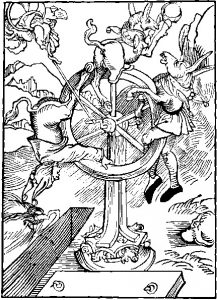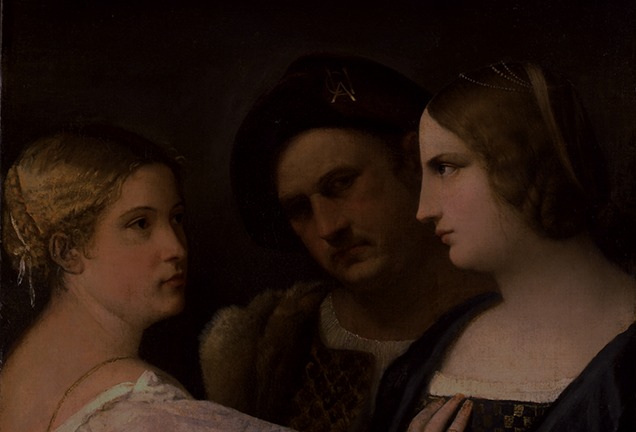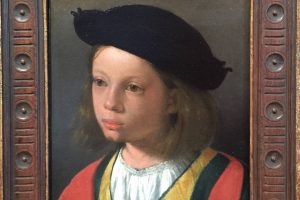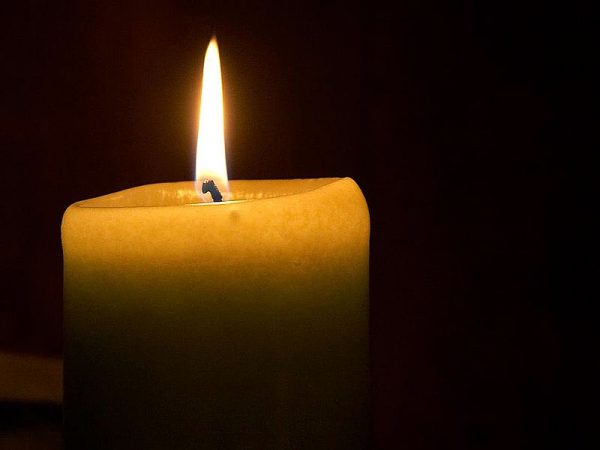Every effort to be present comes from essence and is an act of love.
The conscious effort to be present
The efforts we make to maintain the state of presence are sustained by a deep love. This love, like an uncomfortable and permanently-lit flame, maintains the necessary desire to self-remember, to be present. During the state of sleep and imagination in which our daily life passes, it is precisely this flame, this love, that comes to our rescue, like a distant whisper. Far away, but uncomfortable enough to be heard and make us wake up.
Transforming identification into a state of love
I recognize the feeling of being identified by its peculiar taste of urgency. Once this realization appears, I can continue on the slide of inner lethargy or rise, in a single act, to my own presence. This decision does not imply an internal struggle. If there is a conflict, it means that I am still asleep. Many times it is easier to fight, in the dream, in an endless wheel that turns again and again. Rather than to simply wake up, taking advantage of that first conscious shock of recognition.

When I allow myself to continue being identified, it is probably too late to stop the loss of energy escaping towards the object of identification. However, the non-expression of negative emotions can reduce the unstoppable loss of energy that accompanies the galloping state of identification. This almost-heroic resource provides an immense amount of information about one’s machine. It can lead to the full realization of the second shock: the transformation of suffering into presence, of identification into a state of love.
Scale and relativity to dissolve the unreal characters within oneself
In everyday life, as if it were a play, I see different characters appear in my machine. They are actually not many. Usually it is the same ones, repeating their lines in a mediocre argument that seems endless. They are full of appetites, complaints, and needs, growing on the fertile soil of self-pity and urgency. Some of these characters are strong; others more demanding, and others stealthy, almost imperceptible. These are the most difficult to recognize. They are also the ones that tend to flood out my presence. This is because, as they emerge from behind the scenes, they claim the right to be the real ‘I.’

When I apply scale and relativity, I can often observe a partial dissolution of these characters, sometimes a total one. By reducing their sense of self-importance every time I observe their manifestations, and by seeing them directly as they are, light comes and reduces them to their real dimension. Resembling night monsters, produced by the shadows of the furniture in the room, they disappear with the first rays of sunlight.
Revealing our essence
Our essence is almost captive, hidden behind strong groups of ‘I’s that dominate our machine. Usually, essence is so humble and inconspicuous that it sounds as a whisper, a breath that slips discreetly through the veil of identification. Once we make right efforts in the direction of self-remembering, we experience a more real ‘I.’

If we are making these efforts to be present, it is this more real ‘I’ who is making them. If we are in any other state, it means that one of the recurring characters in ourselves is dominating us. The way of love is to make these efforts to be present to ourselves and to our life more and more often, until they become a permanent state of being.
